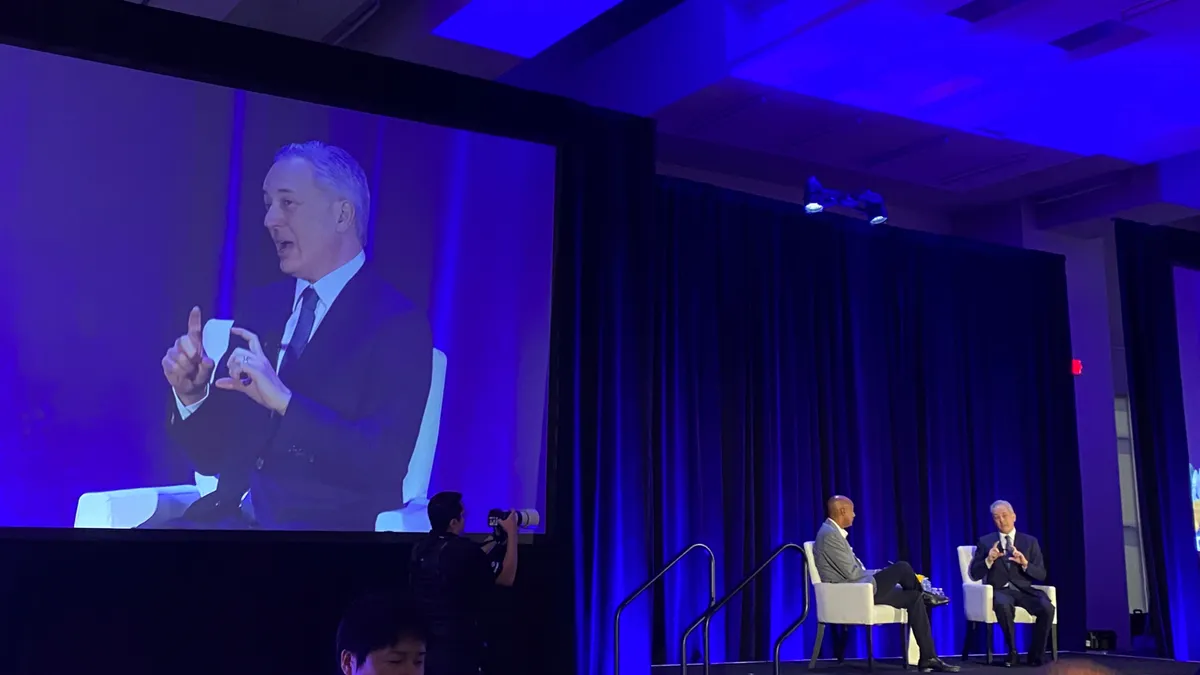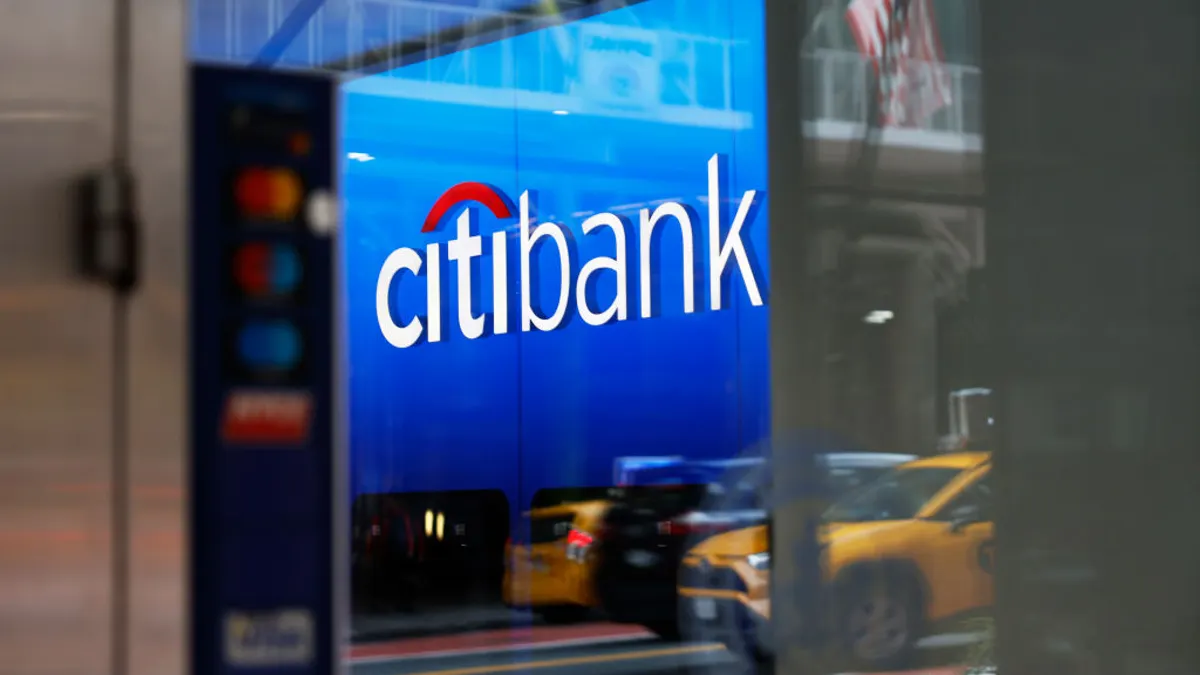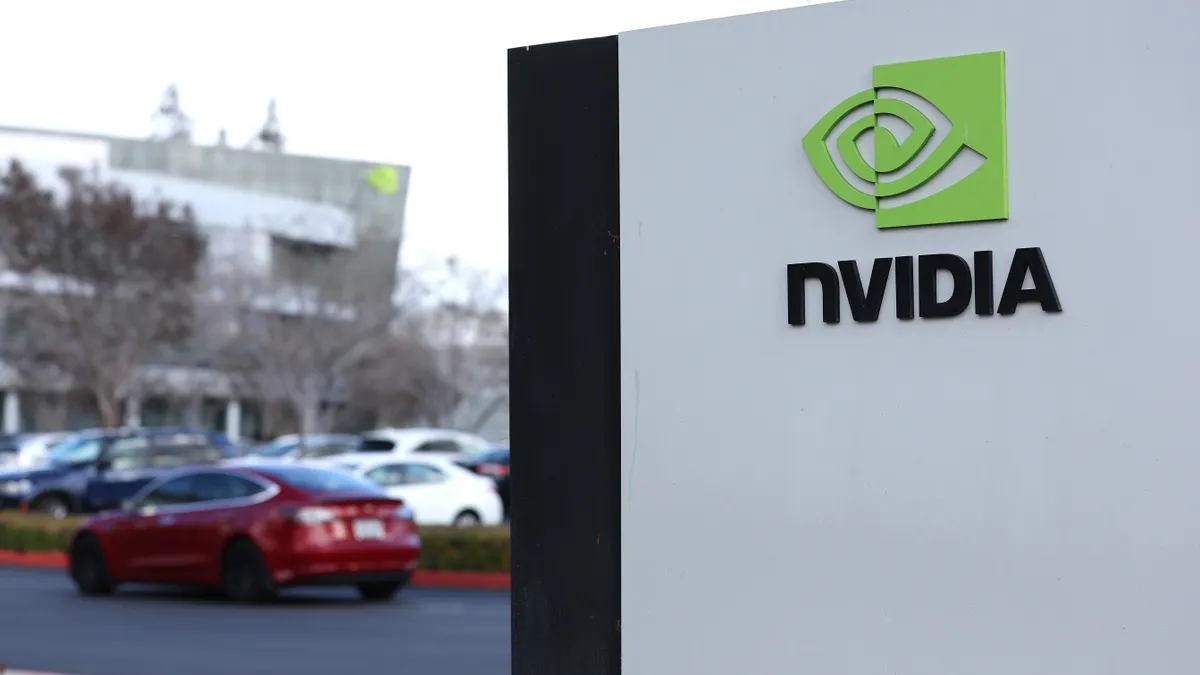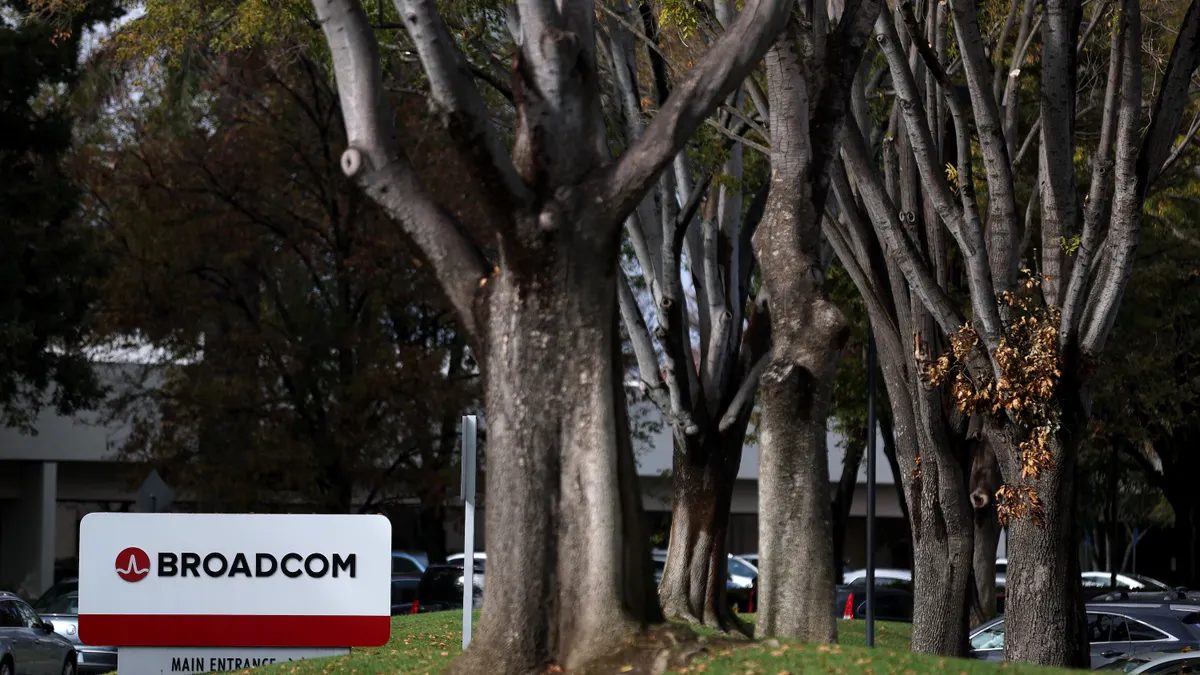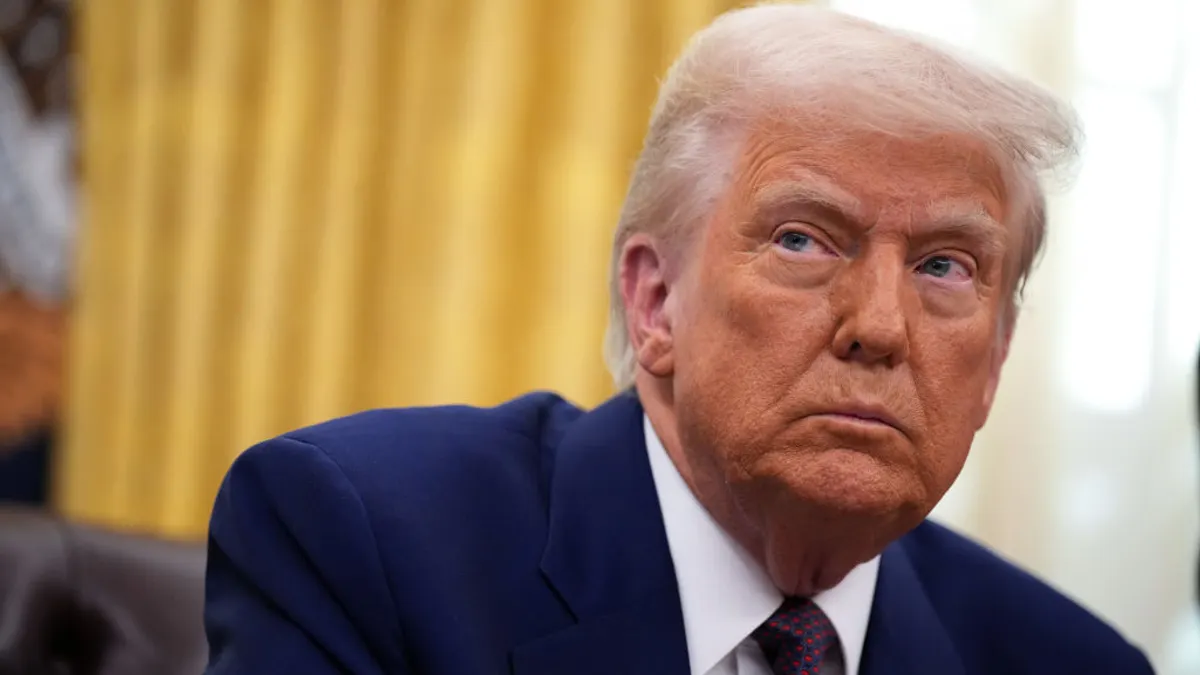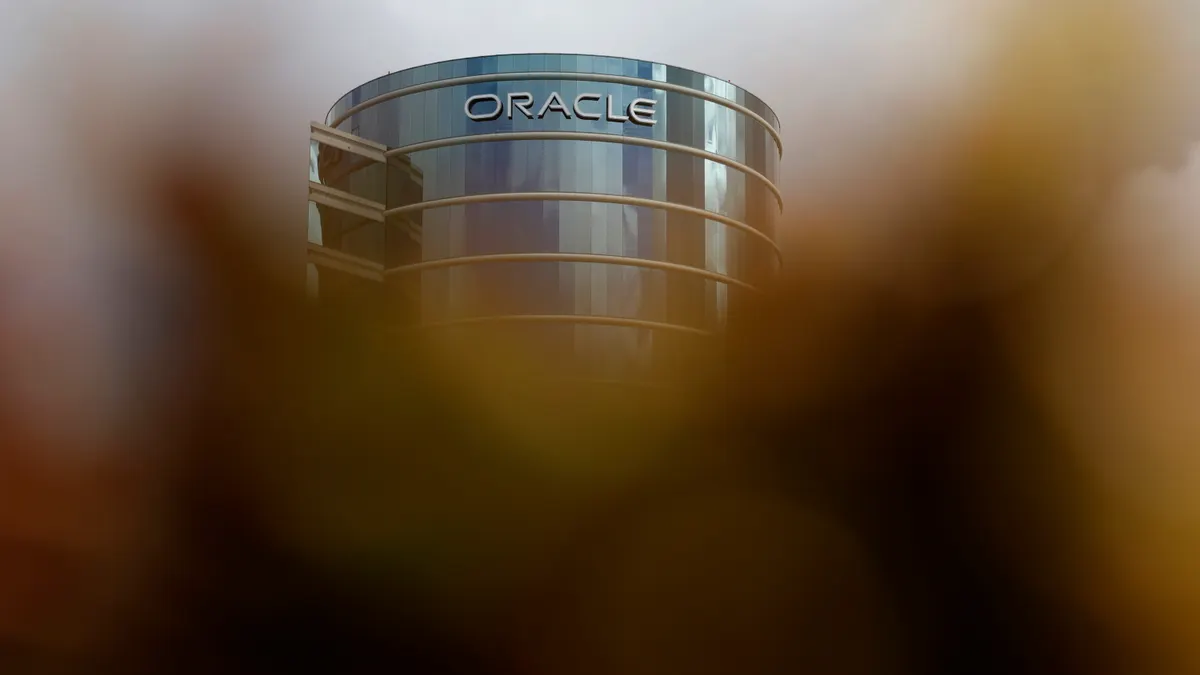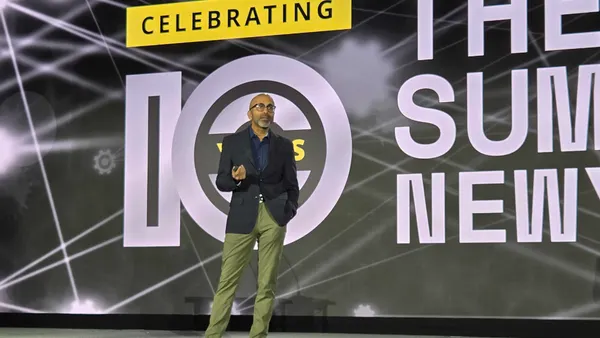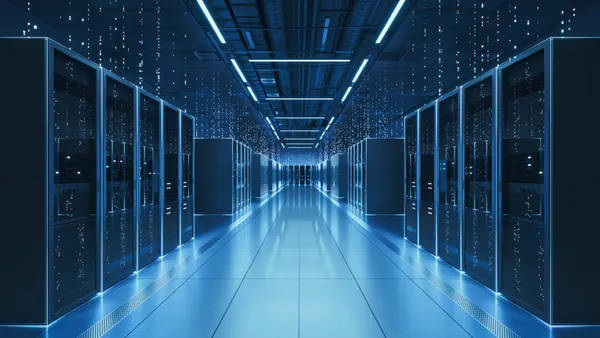WASHINGTON — White House AI and Crypto Czar David Sacks gave enterprise technology leaders a glimpse into how the Trump administration is approaching AI policy during a fireside chat at the AWS Summit Tuesday.
“At the level of public discourse, I’m afraid we’re losing this perception battle around AI when it comes to this kind of AI doomerism,” Sacks told the audience. “It’s very important for the people in this room to stay involved, to get organized and speak out on behalf of industry.”
Sacks promoted policies that align with the Trump administration’s light-touch regulatory approach, criticized the proliferation of state-level bills to applauded the reversal of Biden-era executive orders.
“We want the American technology stack to be broadly adopted [and] become the standard,” Sacks said. “If you look around the world in five years, and you see Huawei everywhere and they’ve got 80% market share, that means we lost.”
On the campaign trail, AI policy wasn’t center stage for Trump. But after taking office in January, his administration almost immediately ramped up discussions about the technology, giving his support for the $500 billion Stargate shortly after his inauguration.
There are three elements to “winning” the AI race that are guiding efforts, Sacks said:
- Out innovate the competition
- Build out the most AI infrastructure
- Develop the biggest AI ecosystem
CIOs are keeping an eye on the evolving regulatory landscape and the shifts that could affect adoption plans. The Trump administration has yet to lay out a formal policy plan despite making moves to shape oversight. Its AI “action plan” is expected to be published in July.
In the absence of a national standard, state and local rules have proliferated. Now, the Trump administration is targeting those enacted and potential laws with a proposed 10-year moratorium included in its tax and spending plan, currently sitting in the Senate.
The potential moratorium includes exceptions but has garnered criticism from all sides. The U.S. Senate Committee on Commerce, Science and Transportation tied the enforcement freeze to federal funding in a version published Thursday. The proposed revision allocates $500 million for a broadband program, which states could not receive if they choose to enforce AI regulation over the next 10 years.
Sacks warned technology leaders of overregulation and regulatory burdens, citing a close race between the U.S. and its competitors.
“Even a year ago, there was the misguided view or fallacy that we had such a lead on China that we could pretty much do whatever we wanted,” Sacks said. “China is not years behind us in AI, maybe they’re three to six months.”
A bridge to Silicon Valley
Sacks was tapped as part of the new administration’s team in December. In the announcement, then President-elect Trump said Sacks would “focus on making America the clear global leader,” in his role of leading the President’s Council of Advisors on Science and Technology and guiding the administration’s AI and crypto policy.
“The way I see my job, fundamentally, is to be a bridge between Silicon Valley and the tech industry on the one hand, and Washington on the other,” Sacks said. “The mentality of Silicon Valley is more open to partnership — it’s about rapid innovation, building things … I want to try and bring more of that mentality to Washington — that’s how I see my job.”
The introduction of DeepSeek’s R1 model in January marked a “very important” moment, according to Sacks. DeepSeek dominated conversations at the start of the year after it claimed its newest model performed at a level rivaling the leading American-made models at a much smaller price tag.
While he pushed back on reports that the R1 model was substantially more affordable, Sacks noted that the model's development underscored the need for new techniques and approaches.
“Those learnings have been reincorporated into what we do in the U.S.,” Sacks said.
Throughout the nearly 45-minute discussion, Sacks advocated for minimal regulation and discouraged “doomerism.”
“We’ve got to let the private sector cook,” Sacks said. “The doomer cult, or mentality, or whatever you want to call it, has captured the minds of a lot of people, and for example, there are currently 1,000 bills working their way through state legislatures.”
The Trump official estimated that AI will drive a four to five percent growth in GDP, but there will be challenges before getting to that point, such as workforce management. In April, the administration launched an AI training push and created a task force to expand access to apprenticeships.
“There’ll be some retraining that is required for students and workers, and I don’t want to minimize that,” Sacks said.



